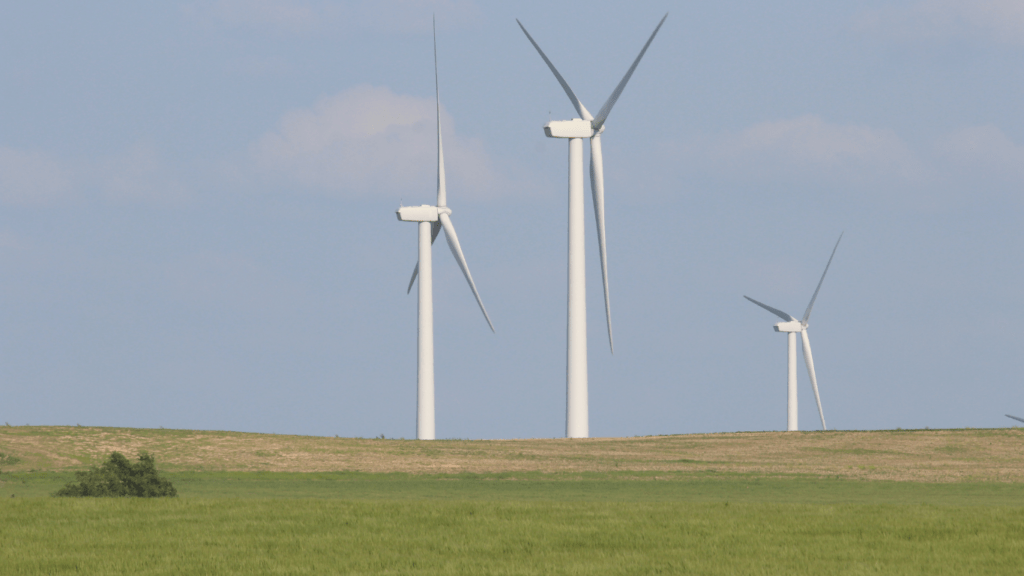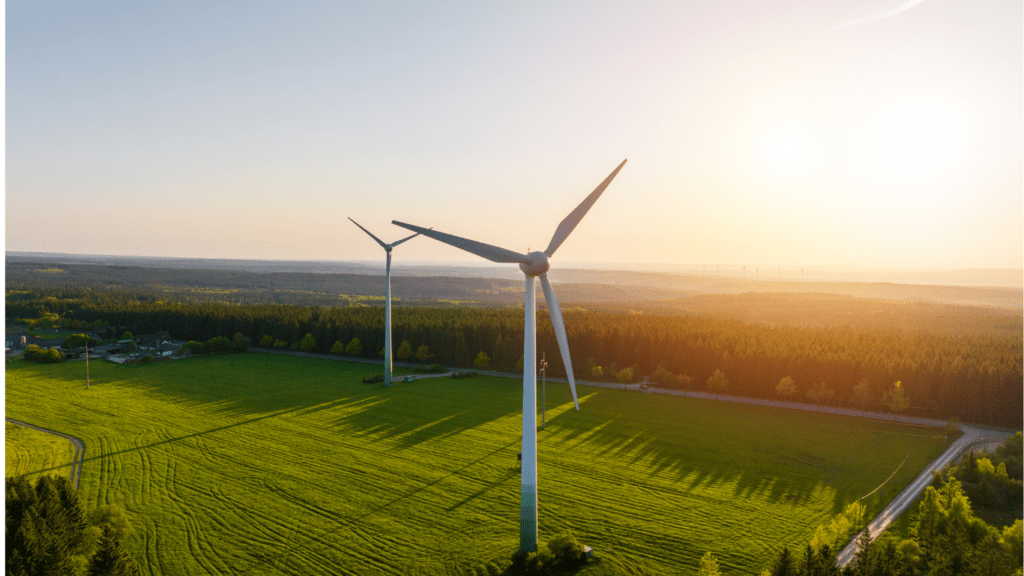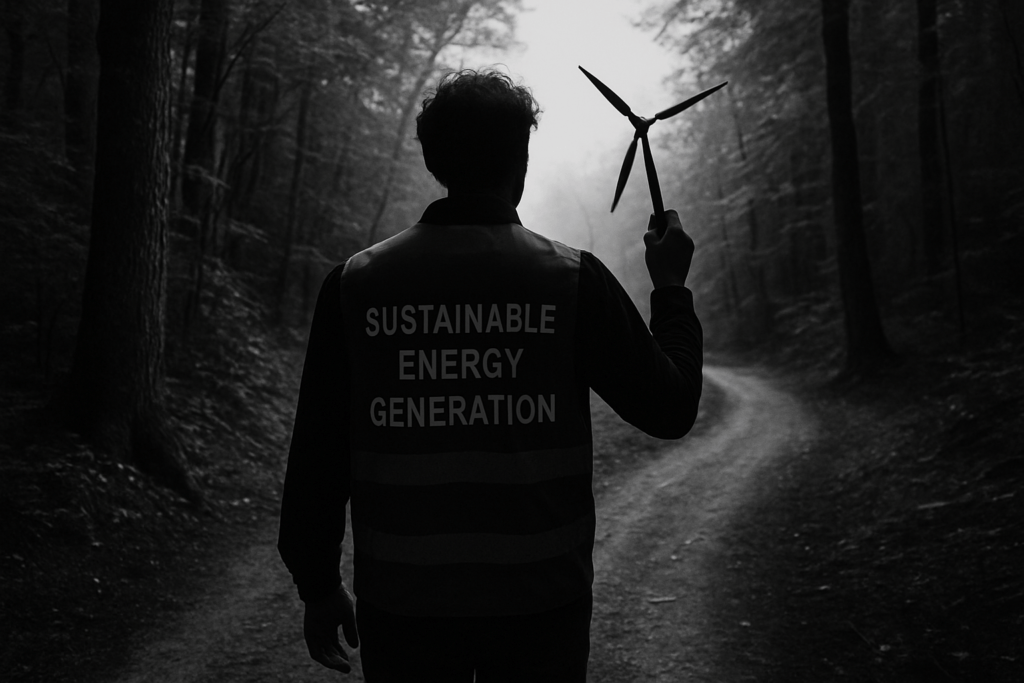Renewable energy farms are transforming how we think about power generation. From sprawling solar arrays to towering wind turbines, these innovative projects are not just reducing carbon footprints, they’re also driving economic growth and energy independence. how renewable energy farms are paving the way for a sustainable future.
Overview Of Renewable Energy Farms
Renewable energy farms harness natural resources like:
- sunlight
- wind
- water
to generate electricity. Unlike fossil fuels, these sources never deplete. Solar farms use photovoltaic panels to convert sunlight directly into electricity. Wind farms capture wind energy using turbines. Hydropower stations generate energy from flowing water.
Renewable energy farms offer multiple benefits.
- First, they reduce greenhouse gas emissions, mitigating climate change.
- Second, they diversify the energy supply, enhancing energy security.
- Third, they promote economic growth through job creation and investments in infrastructure. For instance, the solar industry employed over 242,000 Americans in 2019.
Investment in these farms has surged due to technological advancements and policy support. Government incentives, such as tax credits and subsidies, have made renewable energy projects more financially viable. As these technologies improve and costs decline, renewable energy farms are set to become even more integral to the global energy grid.
To illustrate these points further, considering successful renewable energy farms across the world provides concrete examples of their potential and impact.
Criteria For Success In Renewable Energy Projects
Successful renewable energy projects encompass several key criteria, which ensure their long-term sustainability and impact.
Environmental Impact
Effective projects minimize environmental damage. Environmental considerations include land use, wildlife protection, and pollution reduction. For example, solar farms optimize land by utilizing non-arable regions, mitigating habitat disruption. Wind farms incorporate bird-safe turbine designs, reducing harm to avian populations. These measures contribute significantly to the project’s overall success by addressing environmental concerns.
Economic Viability
Economic viability hinges on cost-efficiency and financial returns. Projects must have competitive initial investments and low operational costs.
For instance, the declining price of solar panels boosts the economic feasibility of solar farms. Additionally, long-term contracts or power purchase agreements (PPAs) with reliable purchasers provide consistent revenue streams. These financial strategies ensure renewable energy farms remain economically sustainable.
Community Engagement
Community engagement bolsters local support and acceptance. Effective projects work closely with local communities, addressing concerns and creating benefits.
Wind farms offering local employment or investing in community infrastructure foster positive relations. Regular dialogues and educational programs help demystify renewable technologies, garnering widespread community backing. Engaged communities are more likely to support and maintain renewable energy projects.
Case Study 1: Solar Farm in California
The solar farm in California illustrates a successful approach to renewable energy, showcasing significant environmental and economic benefits.
Project Background
Located in the Mojave Desert, the project began in 2014 and covers 4,000 acres. This solar farm is one of the largest in the state, with a capacity to generate 500 megawatts (MW) of electricity, powering 140,000 homes annually. The project faced initial challenges related to land use and wildlife protection, which were addressed through comprehensive environmental studies.
Implementation
The development involved using photovoltaic technology to convert sunlight directly into electricity. Over 2 million solar panels were installed.
Aligning with environmental regulations, the project included protective measures for the local desert tortoise population. Advanced tracking systems were implemented to enhance efficiency by following the sun’s movement. Funding came from a mix of private investments and federal loans, reducing financial risk.
Outcomes
By 2020, the solar farm eliminated over 430,000 tons of carbon dioxide emissions annually, equivalent to removing 90,000 cars from the road.
The project created 1,500 construction jobs and 100 permanent positions in the community. Long-term power purchase agreements with local utilities ensured stable revenue streams. The success of this solar farm serves as a model, encouraging further investment in renewable energy projects across the region.
Case Study 2: Wind Farm in Denmark

Denmark leads in wind energy deployment. The Danish wind farm in question showcases how wind energy can be both sustainable and economically viable.
Project Background
Denmark’s wind farm began operations in 2015. It spans 200 square kilometers in the North Sea, leveraging optimal wind conditions. The project aimed to generate 600 MW of electricity, enough to power 600,000 homes annually.
Initiated by a consortium including Vattenfall, Ørsted, and several investment groups, the project faced scrutiny from environmental agencies but addressed potential marine life impacts through comprehensive studies.
Implementation
The wind farm installation used the latest turbine technology. Each of the 150 turbines stands 120 meters tall, with a rotor diameter of 164 meters. The project used offshore construction platforms and specialized vessels for turbine and foundation installation, minimizing disturbance.
Advanced monitoring systems track performance, maintenance needs, and environmental metrics. Funding was secured through a mix of private investment, government grants, and green bonds, distributing financial risk.
Outcomes
The Danish wind farm achieved its energy generation targets by 2018, producing 600 MW consistently. It significantly reduced CO2 emissions by 875,000 tons annually. The project also spurred economic benefits, creating over 1,000 jobs during the construction phase and 200 permanent positions for operations and maintenance.
Local communities benefited from infrastructural improvements and shared revenue from energy production. By incorporating lessons from this project, future wind farms can replicate this success, further solidifying the viability of wind energy.
Case Study 3: Biomass Plant in Germany
Germany presents a compelling example of successful biomass energy utilization. The case study focuses on a biomass plant that has transformed waste into a sustainable energy source.
Project Background
The German biomass plant, operational since 2012, is located in the state of Bavaria. This plant processes agricultural and forestry waste to generate electricity and heat, providing a renewable energy solution for the region. The project received funding from both government grants and private investments, which helped in the development and operation phases.
Implementation
The plant employs advanced biomass gasification technology to convert organic waste into energy. Key components include a gasifier, a turbine generator, and a heat recovery system. Local farmers and forestry operations supply the plant with raw material, ensuring a consistent and sustainable input. This community involvement reduces transportation costs and enhances local economic benefits.
Outcomes
The biomass plant generates 20 MW of electricity and 15 MW of thermal energy annually. This output powers approximately 10,000 homes and heats several public buildings in the surrounding areas. The project also mitigates 50,000 tons of CO2 emissions each year. Furthermore, it has created 50 local jobs and contributed to the region’s economic growth through sustainable practices and community collaboration.
Key Takeaways From Case Studies
Examining successful renewable energy farms offers valuable insights. Several common factors emerge.
Environmental Impact Reduction
Renewable energy farms in California, Denmark, and Germany showcase effective CO2 emission reduction. For example, the Bavarian biomass plant mitigates 50,000 tons of CO2 emissions yearly. This benefit extends to other renewable installations globally.
Economic Feasibility
The solar farm in California generates 500 MW of electricity, making it financially viable. Similarly, Denmark’s wind farm produces 600 MW annually, proving economic success. Bavaria’s biomass plant supports economic growth through local job creation.
Community Involvement
Involving local communities enhances project success. The biomass plant in Germany illustrates this by benefiting 10,000 homes and public buildings. Community support fosters acceptance and cooperation, crucial for any renewable energy project.
Technology Utilization
Advanced technologies drive efficiency. The Bavarian biomass plant uses advanced gasification technology. It exemplifies the importance of leveraging the latest innovations to maximize output and sustainability.
Global Examples
Successful renewable energy farms are not limited to specific geographies. Solar installations in California, wind energy in Denmark, and biomass utilization in Germany demonstrate that diverse renewable resources can achieve substantial results across different regions.
Long-term Impact
These case studies highlight the long-term benefits of renewable energy. Reduced environmental footprint, economic gains, and enhanced community well-being illustrate the lasting positive impacts of renewable energy projects.



